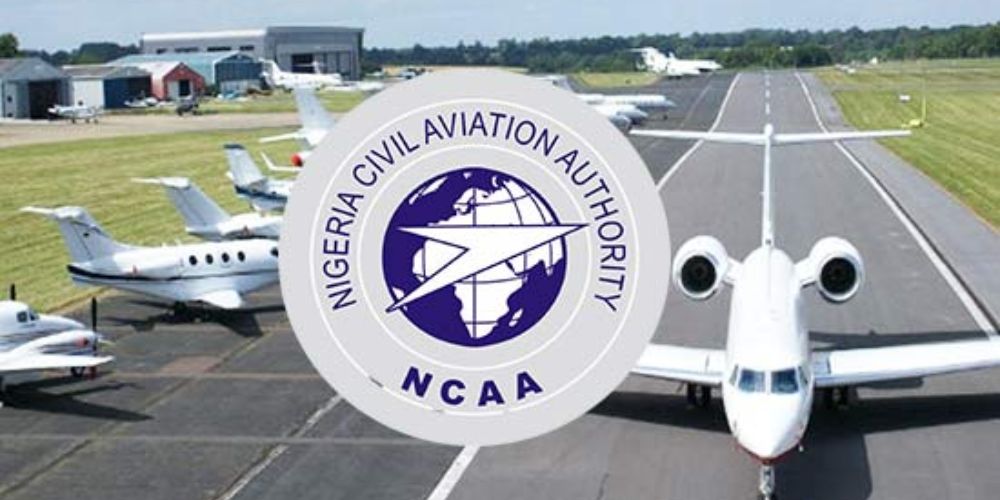NCAA Safety Claim: Some Facts

As you settle into your seat on a domestic flight from Lagos to Abuja, the flight attendant’s familiar directive turns unexpected: “Please switch off all phones during takeoff and landing—no airplane mode allowed.” This isn’t a typo or a throwback to the 1990s. It’s the latest rule from the Nigerian Civil Aviation Authority (NCAA), announced on Tuesday by Michael Achimugu, Director of Public Affairs and Consumer Protection.
The Rule That Raised Eyebrows
The regulation, effective immediately, mandates that all electronic devices be fully powered down during the critical phases of flight—takeoff and landing—across Nigeria’s airlines. The NCAA spokesperson took to X to explain: older aircraft, prevalent in Africa’s local fleets, lack modern signal-blocking technology, making airplane mode insufficient.
“Not every aircraft is equipped to handle ‘airplane mode’,” he wrote, suggesting that passenger phones could interfere with pilots’ emergency communication systems, potentially leading to collisions. The timing feels abrupt. Why the strict reversal in Nigeria?
The Science Behind The Ban
The NCAA’s argument hinges on the idea that older planes, like the Boeing 737-300s (average age: 25 years), lack onboard signal blockers—technology found in newer models like the Boeing 787.
“Have you noticed your phone stops working on the tarmac? That’s a blocker at work,” Achimugu noted, a phenomenon seen on some international carriers.
Without this, he claims, passenger phones could overload the aircraft’s cellular system, crucial for pilot-air traffic control communication.
Fact-checking reveals a mixed bag. Aircraft communication relies on VHF radio (118-137 MHz) and, in emergencies, satellite or ACARS systems, not standard cellular bands (e.g., 700-2600 MHz). Older avionics (pre-1990s) in some African planes may have inadequate shielding, potentially allowing electromagnetic interference (EMI) from high-power phone transmissions.
The “reserved signal” idea likely refers to anecdotal concerns rather than documented cases, as modern tests (e.g., Boeing’s 2017 trials) show minimal risk with airplane mode.
Takeoff and landing, the riskiest phases, rely heavily on clear communication—think of the 1977 Tenerife disaster, where miscommunication killed 583. However, no crash has been definitively linked to phone interference. The FAA’s 2013 study and EASA’s 2022 research found minimal risk, especially with airplane mode, casting doubt on the “overload” scare.
Nigeria’s Ageing Fleet Under The Microscope
With a history of incidents like the 2012 Dana Air crash (attributed to maintenance issues), safety is a priority. But upgrading older planes with signal blockers or retrofitting avionics could cost $500,000 to $1 million per aircraft, per a 2022 MDPI study—a steep price for local airlines.
To understand this, let’s examine Nigeria’s aircraft lineup. The average fleet age—18 to 30 years—tops African peers like RwandAir (7.1 years), per 2018 Vanguard data. Here’s a closer look:
- Arik Air: Operates Boeing 737-700/800s (25-30 years), CRJ-900 (15 years), and a Dash 8-400 (15-20 years). The older 737s face maintenance woes, while the CRJ-900 and Dash 8-400 offer better reliability. Blockers are unlikely in the 737s, but the CRJ and Dash 8-400, built in the 2000s-2010s, might have basic shielding if retrofitted, though this isn’t confirmed.
- Air Peace: Flies Boeing 737-300/500s (20-25 years), 777s (18-19 years), and Embraer E145/E195s (5-10 years). The 737s and 777s, often second-hand, show wear, but Embraers enhance safety. Only the Embraers might have signal management, though unconfirmed.
- Dana Air: Relies on MD-82/83s (22-28 years), among Nigeria’s oldest. Post-2012 crash scrutiny and maintenance gaps persist. Blockers are virtually absent in this ageing fleet.
- Max Air: Uses Boeing 737-300/400s (20-25 years) and a 747-400 (25 years).
- Aero Contractors: Operates Boeing 737-300s (20-25 years). The 737s lack blockers.
- Ibom Air: Operates Bombardier CRJ-900s (5-7 years, delivered 2019-2021). As a state-owned airline launched in 2019, Ibom Air boasts a modern fleet, with its CRJ-900s being among Nigeria’s newest aircraft. The CRJ-900s, built post-2010, are likely equipped with basic signal management systems or could be retrofitted, though specific blocker presence isn’t publicly confirmed.
Quality varies—newer Embraers, CRJs, and Dash 8s fare better, but older 737s and MD-80s struggle with parts and upkeep.
What’s Next?
The NCAA’s move indicates a precautionary stance, given Nigeria’s ageing fleet and infrastructure challenges. Global standards may favour flexibility, but local realities—cost, maintenance, and safety records—dictate a stricter path. Safety-wise, it’s a stopgap; without fleet modernisation, incidents like the 2012 Dana Air crash loom as risks.
For now, as your plane taxis, the phone goes off—not in airplane mode, but fully dark. Whether this rule endures or evolves with retrofits and research, one thing’s clear: flight safety remains a shared responsibility, grounded in both science and pragmatism.
NCAA Safety Claim: Some Facts is first published on The Whistler Newspaper





